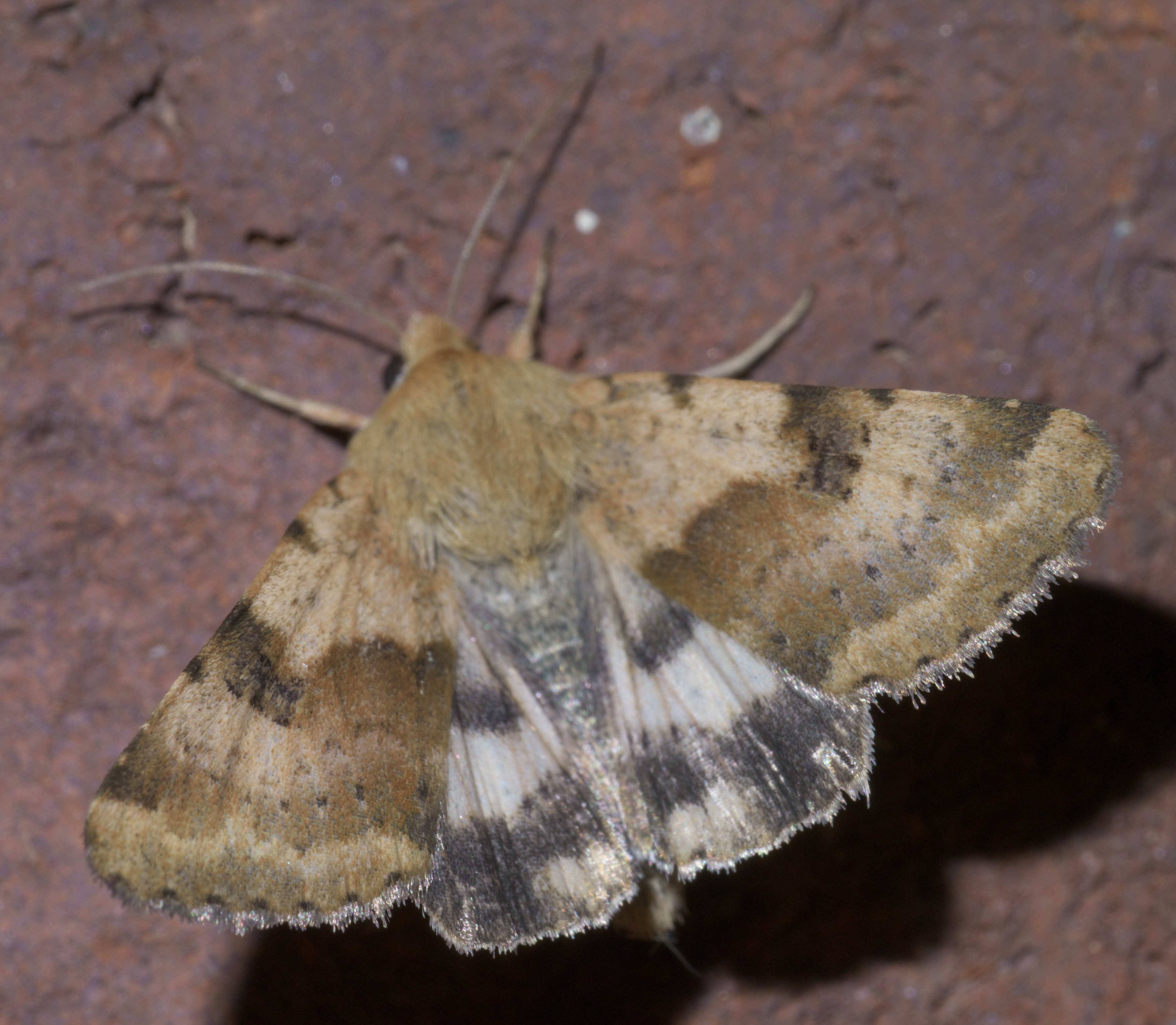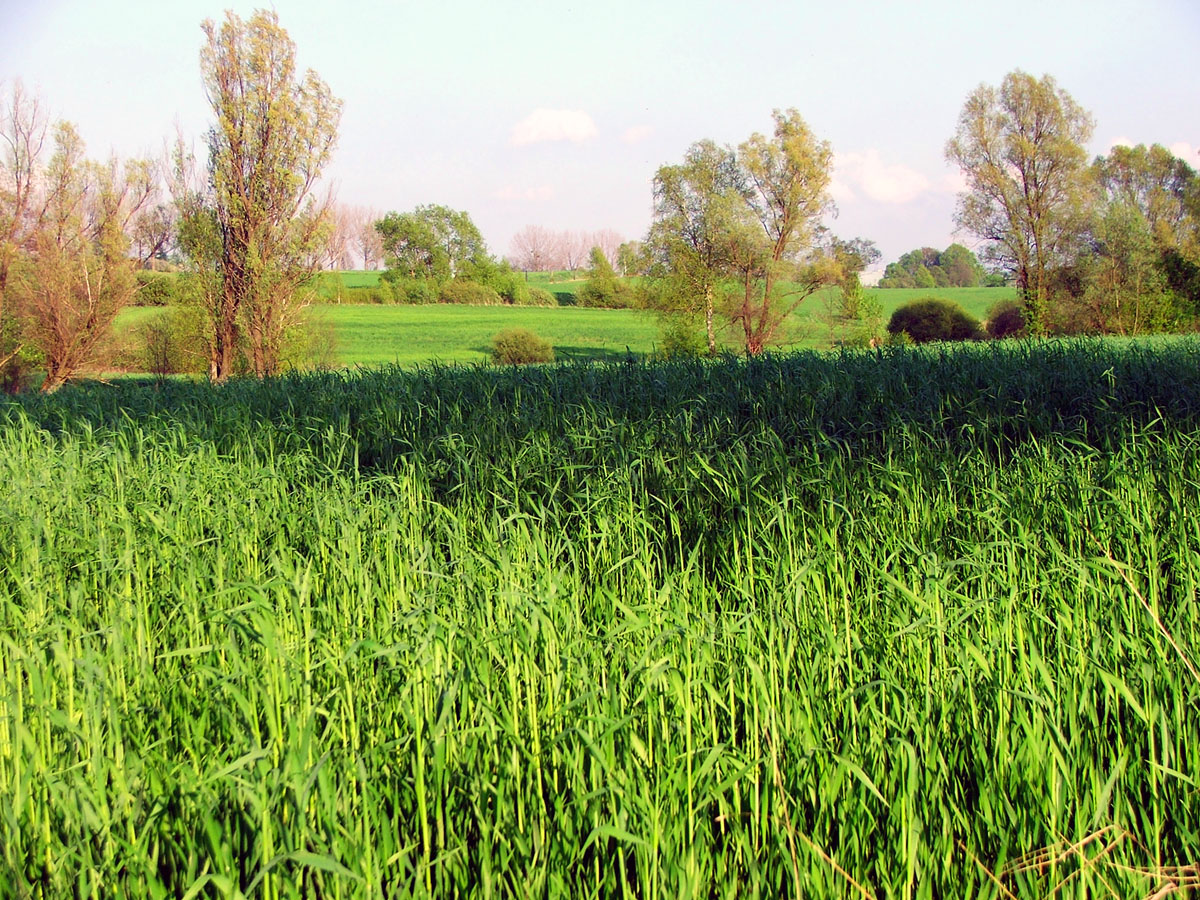|
Canavanine
L-(+)-(''S'')-Canavanine is a non-proteinogenic amino acid found in certain leguminous plants. It is structurally related to the proteinogenic α-amino acid L- arginine, the sole difference being the replacement of a methylene bridge (-- unit) in arginine with an oxa group (i.e., an oxygen atom) in canavanine. Canavanine is accumulated primarily in the seeds of the organisms which produce it, where it serves both as a highly deleterious defensive compound against herbivores (due to cells mistaking it for arginine) and a vital source of nitrogen for the growing embryo. The related L-canaline is similar to ornithine. Toxicity The mechanism of canavanine's toxicity is that organisms that consume it typically mistakenly incorporate it into their own proteins in place of L-arginine, thereby producing structurally aberrant proteins that may not function properly. Cleavage by arginase also produces canaline, a potent insecticide. The toxicity of canavanine may be enhanced under condi ... [...More Info...] [...Related Items...] OR: [Wikipedia] [Google] [Baidu] |
Alfalfa
Alfalfa () (''Medicago sativa''), also called lucerne, is a perennial flowering plant in the legume family Fabaceae. It is cultivated as an important forage crop in many countries around the world. It is used for grazing, hay, and silage, as well as a green manure and cover crop. The name alfalfa is used in North America. The name lucerne is the more commonly used name in the United Kingdom, South Africa, Australia, and New Zealand. The plant superficially resembles clover (a cousin in the same family), especially while young, when trifoliate leaves comprising round leaflets predominate. Later in maturity, leaflets are elongated. It has clusters of small purple flowers followed by fruits spiralled in 2 to 3 turns containing 10–20 seeds. Alfalfa is native to warmer temperate climates. It has been cultivated as livestock fodder since at least the era of the ancient Greeks and Romans. Etymology The word ''alfalfa'' is a Spanish modification of the Arabic word ''al-faṣfa� ... [...More Info...] [...Related Items...] OR: [Wikipedia] [Google] [Baidu] |
Canaline
-Canaline (IUPAC name 2-amino-4-(aminooxy)butyric acid)) is a non-proteinogenic amino acid. The compound is found in legumes that contain canavanine, from which it is produced by the action of arginase. The most common-used source for this amino acid is the jack bean, '' Canavalia ensiformis''. Toxicity -Canaline is the only naturally occurring amino acid known that has an ''O''-alkyl hydroxylamine functionality in the side chain. This amino acid is structurally related to ornithine (it is the 5-oxa derivative) and is a potent insecticide. Tobacco hornworm larvae fed a diet containing 2.5 mM canaline showed massive developmental aberrations, and most larvae so treated died at the pupal stage. It also exhibits potent neurotoxic effects in the moth. Its toxicity stems primarily from the fact that it readily forms oximes with keto acids and aldehydes, especially the pyridoxal phosphate cofactor of many vitamin B6-dependent enzymes. It inhibits ornithine aminotransferase at concent ... [...More Info...] [...Related Items...] OR: [Wikipedia] [Google] [Baidu] |
Christopher McCandless
Christopher Johnson McCandless (; February 12, 1968 – August 1992), also known by his pseudonym "Alexander Supertramp", was an American adventurer who sought an increasingly nomadic lifestyle as he grew up. McCandless is the subject of '' Into the Wild'', a nonfiction book by Jon Krakauer that was later made into a full-length feature film. After graduating from Emory University in Georgia in 1990, McCandless traveled across North America and eventually hitchhiked to Alaska in April 1992. There, he entered the Alaskan bush with minimal supplies, hoping to live simply off the land. On the eastern bank of the Sushana River, McCandless found an abandoned bus, Fairbanks Bus 142, which he used as a makeshift shelter until his death. In September, his decomposing body, weighing only , was found inside the bus by a hunter. McCandless's cause of death was officially ruled to be starvation, although the exact circumstances relating to his death remain the subject of some debate. I ... [...More Info...] [...Related Items...] OR: [Wikipedia] [Google] [Baidu] |
Into The Wild (book)
''Into the Wild'' is a 1996 non-fiction book written by Jon Krakauer. It is an expansion of a 9,000-word article by Krakauer on Chris McCandless titled "Death of an Innocent", which appeared in the January 1993 issue of '' Outside''. The book was adapted to a film of the same name in 2007, directed by Sean Penn with Emile Hirsch starring as McCandless. ''Into the Wild'' is an international bestseller which has been printed in 30 languages and 173 editions and formats. The book is widely used as high school and college reading curriculum. ''Into the Wild'' has been lauded by many reviewers, and in 2019 was listed by '' Slate'' as one of the 50 best nonfiction works of the past quarter-century. Despite its critical acclaim, the book's accuracy has been disputed by some of those involved in McCandless' story, and by some commentators such as Alaskan reporter Craig Medred. Medred covers a large number of items in the book that are questionable, most of which stem from the extreme ... [...More Info...] [...Related Items...] OR: [Wikipedia] [Google] [Baidu] |
Non-proteinogenic Amino Acid
In biochemistry, non-coded or non-proteinogenic amino acids are distinct from the 22 proteinogenic amino acids (21 in eukaryotesplus formylmethionine in eukaryotes with prokaryote organelles like mitochondria) which are naturally encoded in the genome of organisms for the assembly of proteins. However, over 140 non-proteinogenic amino acids occur naturally in proteins and thousands more may occur in nature or be synthesized in the laboratory. Chemically synthesized amino acids can be called unnatural amino acids. Unnatural amino acids can be synthetically prepared from their native analogs via modifications such as amine alkylation, side chain substitution, structural bond extension cyclization, and isosteric replacements within the amino acid backbone. Many non-proteinogenic amino acids are important: * intermediates in biosynthesis, * in post-translational formation of proteins, * in a physiological role (e.g. components of bacterial cell walls, neurotransmitters and toxins), * n ... [...More Info...] [...Related Items...] OR: [Wikipedia] [Google] [Baidu] |
Hedysarum Alpinum
''Hedysarum alpinum'' is a species of flowering plant in the legume family known by the common name alpine sweetvetch. It is called ''masu'' in the Iñupiaq language. It has a circumpolar distribution, occurring throughout the northern latitudes of the Northern Hemisphere. In North America it is widespread in Canada and the northernmost United States, including Alaska.Gucker, Corey L. 2007''Hedysarum alpinum'' In: Fire Effects Information System, nline U.S. Department of Agriculture, Forest Service, Rocky Mountain Research Station, Fire Sciences Laboratory. Retrieved 11-22-2011. Description This plant is a perennial herb producing several erect stems from its caudex. It grows to in height. The taproot is thick and woody, and it has rhizomes which can produce new stems. The leaves are each divided into a number of leaflets up to long. The inflorescence is a dense raceme of flowers. The flowers are pink or pale purple and up to long.S.G. Aiken, et al. 1999 onwards''Hedys ... [...More Info...] [...Related Items...] OR: [Wikipedia] [Google] [Baidu] |
Proteinogenic Amino Acid
Proteinogenic amino acids are amino acids that are incorporated biosynthetically into proteins during translation. The word "proteinogenic" means "protein creating". Throughout known life, there are 22 genetically encoded (proteinogenic) amino acids, 20 in the standard genetic code and an additional 2 ( selenocysteine and pyrrolysine) that can be incorporated by special translation mechanisms. In contrast, non-proteinogenic amino acids are amino acids that are either not incorporated into proteins (like GABA, L-DOPA, or triiodothyronine), misincorporated in place of a genetically encoded amino acid, or not produced directly and in isolation by standard cellular machinery (like hydroxyproline). The latter often results from post-translational modification of proteins. Some non-proteinogenic amino acids are incorporated into nonribosomal peptides which are synthesized by non-ribosomal peptide synthetases. Both eukaryotes and prokaryotes can incorporate selenocysteine into their ... [...More Info...] [...Related Items...] OR: [Wikipedia] [Google] [Baidu] |
Systemic Lupus Erythematosus
Lupus, technically known as systemic lupus erythematosus (SLE), is an autoimmune disease in which the body's immune system mistakenly attacks healthy tissue in many parts of the body. Symptoms vary among people and may be mild to severe. Common symptoms include painful and swollen joints, fever, chest pain, hair loss, mouth ulcers, swollen lymph nodes, feeling tired, and a red rash which is most commonly on the face. Often there are periods of illness, called flares, and periods of remission during which there are few symptoms. The cause of SLE is not clear. It is thought to involve a mixture of genetics combined with environmental factors. Among identical twins, if one is affected there is a 24% chance the other one will also develop the disease. Female sex hormones, sunlight, smoking, vitamin D deficiency, and certain infections are also believed to increase a person's risk. The mechanism involves an immune response by autoantibodies against a person's own tissues. T ... [...More Info...] [...Related Items...] OR: [Wikipedia] [Google] [Baidu] |
Heliothis
''Heliothis'' is a genus of moths in the family Noctuidae. It was first described by Ferdinand Ochsenheimer in 1816. Some of the species have larvae which are agricultural pests on crop species such as tobacco, cotton, soybean and pigeon pea. Some species originally in this genus have been moved to other genera, see ''Chloridea'' and ''Helicoverpa''. Taxonomy Several species of moths of agricultural importance that used to be placed in this genus now are classified as members of the genus ''Helicoverpa'', such as the corn earworm, ''Helicoverpa zea''. The species '' subflexa'', '' tergemina'', and '' virescens'' are now members of the genus ''Chloridea''. Description The proboscis is fully developed. Palpi porrect (extending forward) and second joint evenly clothed with long hair. The third joint is short and depressed and a short frontal shift. Thorax and abdomen without tufts. Fore tibia has a pair of slender terminal spines, whereas mid and hind tibia also spined. Forewings w ... [...More Info...] [...Related Items...] OR: [Wikipedia] [Google] [Baidu] |
Primates
Primates are a diverse order of mammals. They are divided into the strepsirrhines, which include the lemurs, galagos, and lorisids, and the haplorhines, which include the tarsiers and the simians (monkeys and apes, the latter including humans). Primates arose 85–55 million years ago first from small terrestrial mammals, which adapted to living in the trees of tropical forests: many primate characteristics represent adaptations to life in this challenging environment, including large brains, visual acuity, color vision, a shoulder girdle allowing a large degree of movement in the shoulder joint, and dextrous hands. Primates range in size from Madame Berthe's mouse lemur, which weighs , to the eastern gorilla, weighing over . There are 376–524 species of living primates, depending on which classification is used. New primate species continue to be discovered: over 25 species were described in the 2000s, 36 in the 2010s, and three in the 2020s. Primates have large bra ... [...More Info...] [...Related Items...] OR: [Wikipedia] [Google] [Baidu] |
Tobacco Budworm
''Helicoverpa armigera'' is a species of Lepidoptera in the family Noctuidae. It is known as the cotton bollworm, corn earworm, Old World (African) bollworm, or scarce bordered straw (the lattermost in the UK, where it is a migrant). The larvae feed on a wide range of plants, including many important cultivated crops. It is a major pest in cotton and one of the most polyphagous and cosmopolitan distribution, cosmopolitan Pest (organism), pest species. It should not be confused with the similarly named larva of the related species ''Helicoverpa zea''. Distribution This species comprises two sub-species: ''Helicoverpa armigera armigera'' is native and widespread in central and southern Europe, temperate Asia and Africa; ''Helicoverpa armigera conferta'' is native to Australia, and Oceania. The former sub-species has also recently been confirmed to have successfully invaded Brazil and has since spread across much of South America and reached the Caribbean. It is a migrant species, ab ... [...More Info...] [...Related Items...] OR: [Wikipedia] [Google] [Baidu] |


.jpg)



.jpg)
